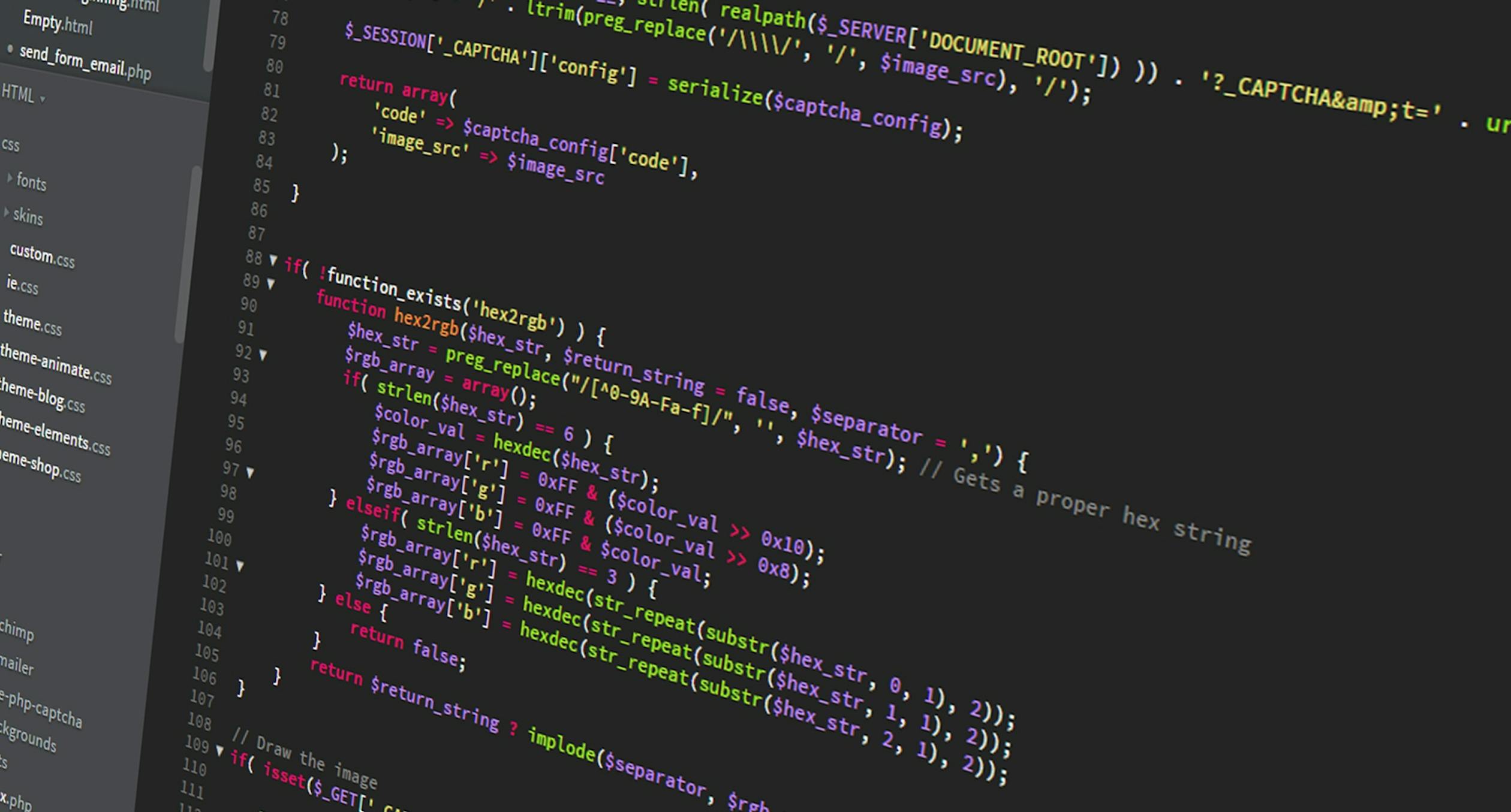Schedule a Demo
When I dive into the work of enhancing property listing websites for brokers, one of the things I quickly notice is the critical role that visual design plays in user engagement. Across the industry, there's a palpable shift towards using more dynamic design elements to not only attract but also retain potential buyers' attention. Leveraging gradients and micro-interactions aren't just trendy choices; they have the potential to significantly improve SEO through increased user engagement and lower bounce rates, which in turn can enhance search rankings.
Gradients are far from being the flashy design element many think them to be. Instead, they serve a sophisticated purpose in creating seamless transitions and enhancing visual flow throughout your website. From my experience, integrating gentle gradients can guide users' eyes smoothly across different sections of your property listings, enhancing the navigation experience. Not only does this increase the time users spend on your site, but it also contributes to a more enjoyable user journey, indirectly boosting your site's local SEO rankings.
In the realm of web design, micro-interactions might seem small, but their impact is monumental. These tiny animations or effects respond to user actions, like hovering over an image or clicking a button, delivering immediate feedback and fostering an interactive experience. As I've observed in numerous projects, this heightened level of interaction can result in visitors exploring more of your site, thereby positively influencing both user retention and local SEO performance.
According to Google's SEO guidelines, user experience signals have a significant effect on organic search rankings. Websites that provide a seamless, enjoyable experience tend to rank higher because of lower bounce rates and longer engagement times. By implementing gradients for an aesthetically pleasing design and micro-interactions for a responsive user interface, you're telling Google's algorithms that your site is worthy of top placements in local searches for property listings.
When it comes to gradients, subtlety is key. You don't want your gradients to overshadow your property listings. From soft pastel blends that evoke a welcoming atmosphere to more modern monochrome shifts, selecting the right gradients can set the mood for potential buyers. As pointed out by Adobe, well-applied gradients can enhance the aesthetic of backgrounds and buttons, facilitating a clear design hierarchy without cluttering your site.
The genius of micro-interactions lies in their subtlety and instant gratification. A simple hover effect showing more details on a property listing, a loading icon that lets users know the page is working, or a tasteful animation for a successful form submission—all these can markedly improve user experience. For brokers, it's about making the search for the perfect property feel more interactive and less like browsing a static database.
Let's delve into a real-world example of how a thoughtful application of design principles can enhance SEO. In one case study, a property listing website introduced a gradient effect in their background and refined micro-interactions in user navigation. They noted a marked increase in session duration and reduced bounce rates, directly correlating to an uplift in their local search engine rankings for property-related queries.
Incorporating gradients and micro-interactions into your design strategy is more than just following the latest trends. It's about aligning these visual and interactive elements with your SEO goals to ensure your property listings are seen by as many prospective buyers as possible. By enhancing the aesthetic and functionality of your website, you elevate both the user experience and your site's discoverability in local searches.
The influence of design on a psychological level cannot be overstated. Gradients and micro-interactions tap into our human need for visual stimulation and feedback. When your property listing site uses these design tools effectively, it resonates with potential buyers on an emotional level, encouraging them to spend more time exploring your listings.
The choice of colors and the use of motion in gradients and micro-interactions respectively, is key in capturing users' attention. The right blend of colors can evoke specific feelings—serenity, excitement, or trustworthiness—all of which are crucial in property marketing. Equally, well-placed animations or transitions ensure that the users' journey feels natural and engaging, without distracting from the primary goal of showcasing your listings.
Let's not forget, in today's era of smartphones, your property listing website must be meticulously optimized for mobile. Gradients and micro-interactions should adjust flawlessly across different screen sizes, ensuring that every user has a premium experience regardless of the device they use. This mobile responsiveness doesn't just cater to user convenience—it's also a known SEO ranking factor.
Finally, leveraging these contemporary design techniques with an eye on future trends can help you future-proof your property listing platform. As new web technologies emerge and user expectations evolve, a foundational understanding of current best practices in design and SEO will serve you well. Keeping your site cutting-edge in aesthetics and functionality will maintain its competitive edge in local search rankings.
Enhancing your website's design isn't just about SEO; it's a direct investment in your brokerage business's success. By showcasing your property listings in a more visually appealing and interactive manner, you're not only making them more discoverable online—you're also crafting a compelling narrative about your dedication to quality and innovation.
